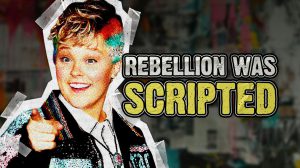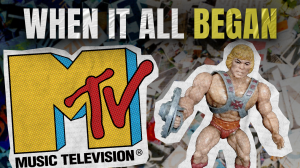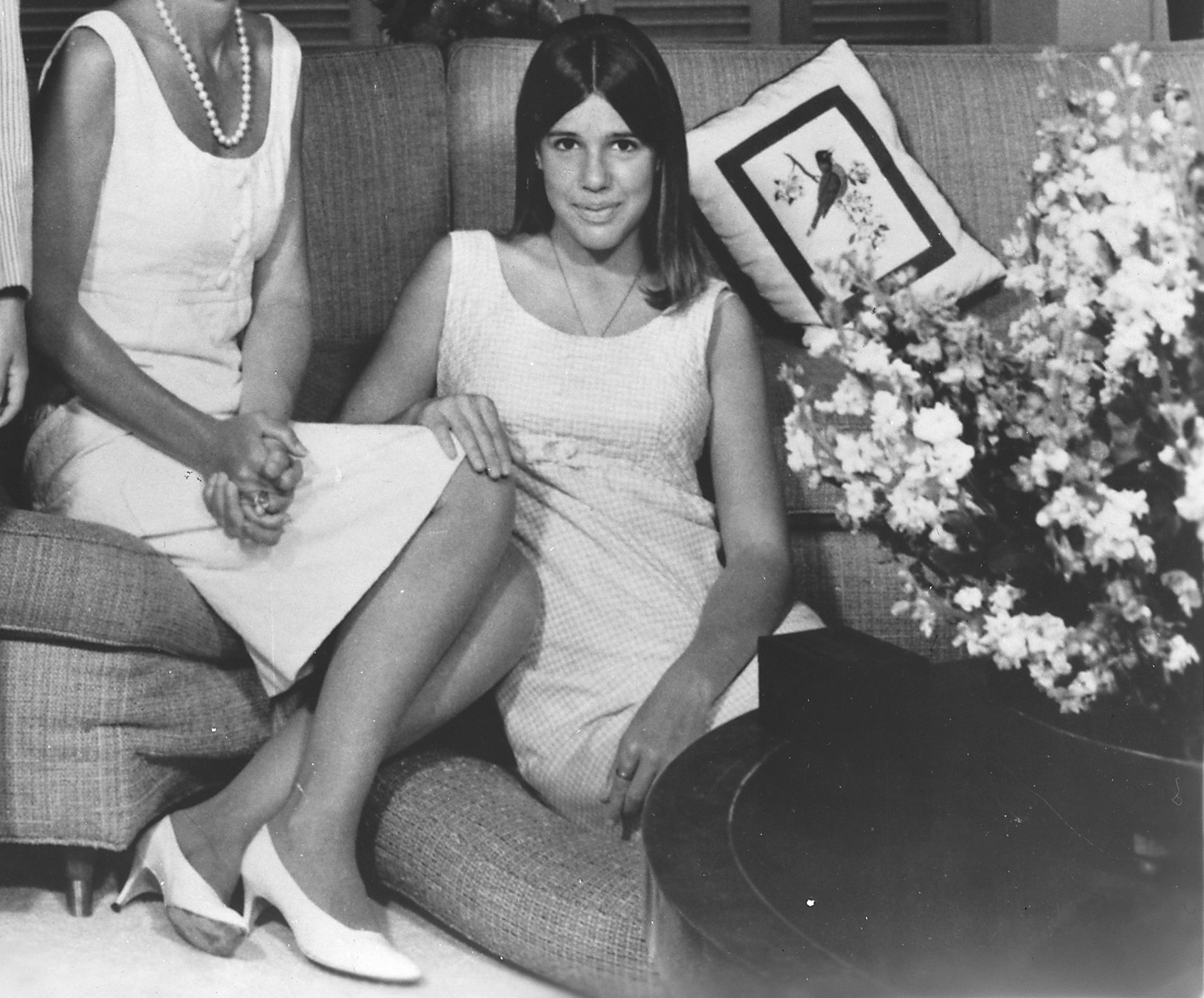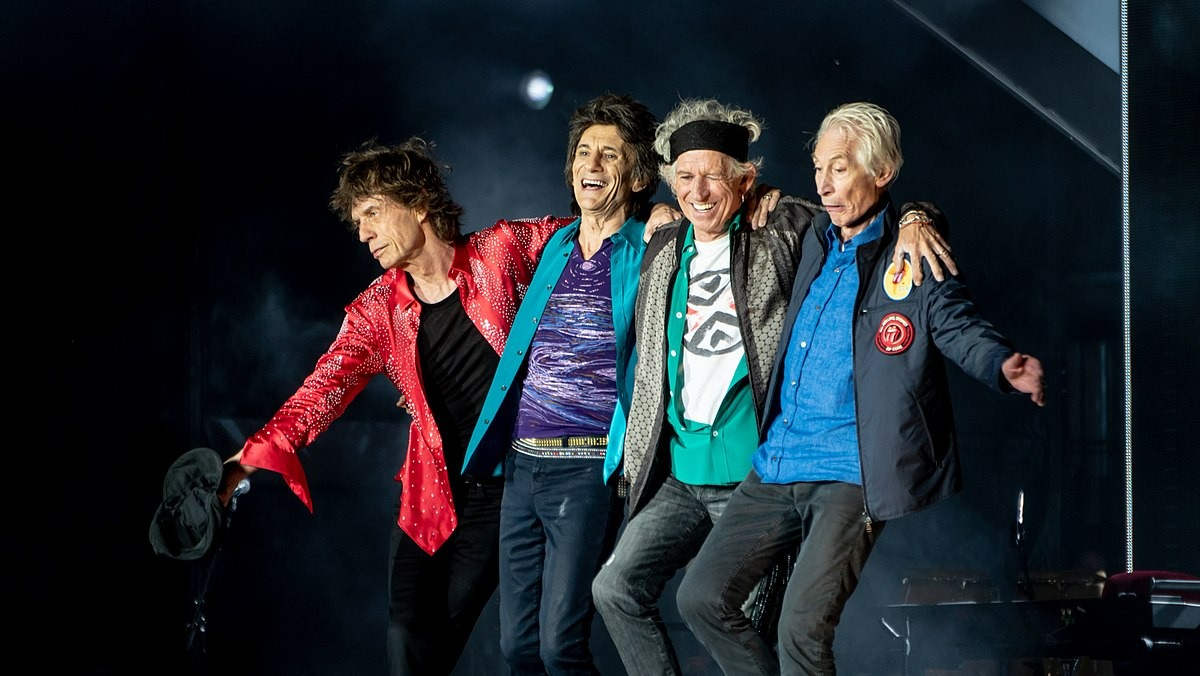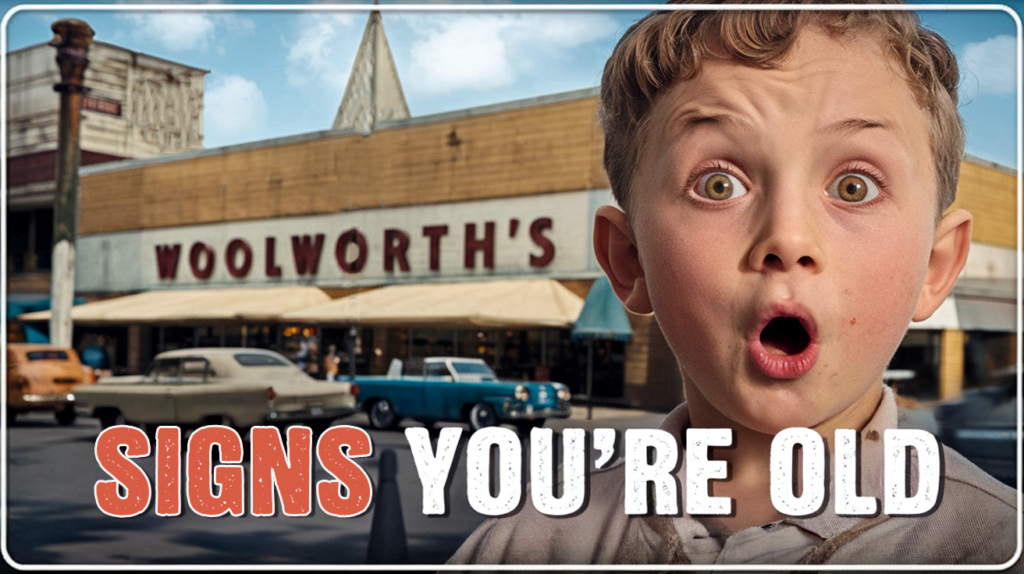
Remember when life moved at a different pace? From station wagons with rear-facing seats to the ritual of writing checks at the grocery store, these memories connect us to simpler times. This collection of time capsules doesn’t just recall trends and technology – it reopens doors to experiences that built who we are today. The familiar sights, sounds and feelings of decades past await, ready to trigger that warm rush of recognition.
Ready to test your memory? Flip through these snapshots of everyday life and see how many still live in your mind. You might be surprised at what you’ve forgotten – and what you’ll never forget.
21. Television Sign-Offs

Shared national identity formed nightly when the anthem played to signal the end of broadcasting days across America. These patriotic rituals occurred between midnight and 6 AM, creating a clear boundary between active programming and technical silence. Viewers would see the anthem followed by test patterns in the standard 4:3 aspect ratio, with many standing at attention during this 2-5 minute ceremony. Popular from the 1950s through 1980s, this practice united viewers in a shared cultural experience until cable networks made it obsolete. For a modern take on TV audio, consider exploring our review of the best soundbar for TV.
20. Family Station Wagons
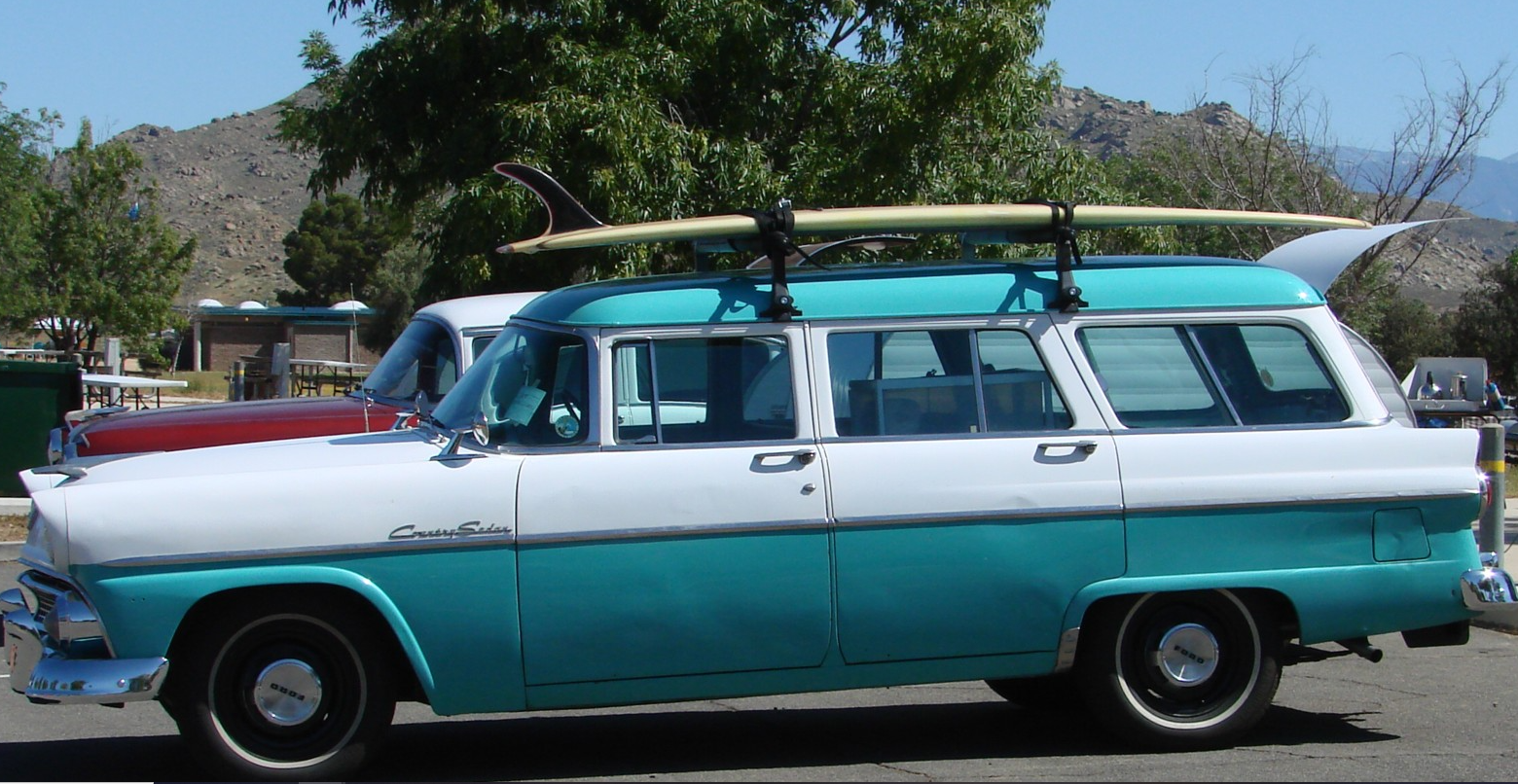
If you grew up before the 1990s, you probably fought for those coveted rear-facing seats in classic American station wagons. These vehicles dominated roads from the 1960s to 1980s with seating for 6-9 passengers and distinctive third-row views. Children made faces at trailing drivers while parents appreciated the 70-100 cubic feet cargo areas despite poor fuel efficiency. The wood-paneled sides created an unmistakable profile on highways nationwide. Though replaced by minivans and SUVs, models like the Chevrolet Nomad have become valuable collector’s items.
19. Government-Issued Food

When grocery budgets couldn’t stretch enough, plain-packaged USDA provisions filled the gap through the Commodity Supplemental Food Program. Blocks of processed cheese, powdered milk, and unmarked butter reached eligible low-income individuals through local agencies. These standardized foods helped reduce agricultural surpluses while feeding millions during recessions, especially in the 1980s. Despite limited variety and occasional stigma, these provisions created a shared experience many remember with mixed emotions of gratitude and nostalgia.
18. Clotheslines
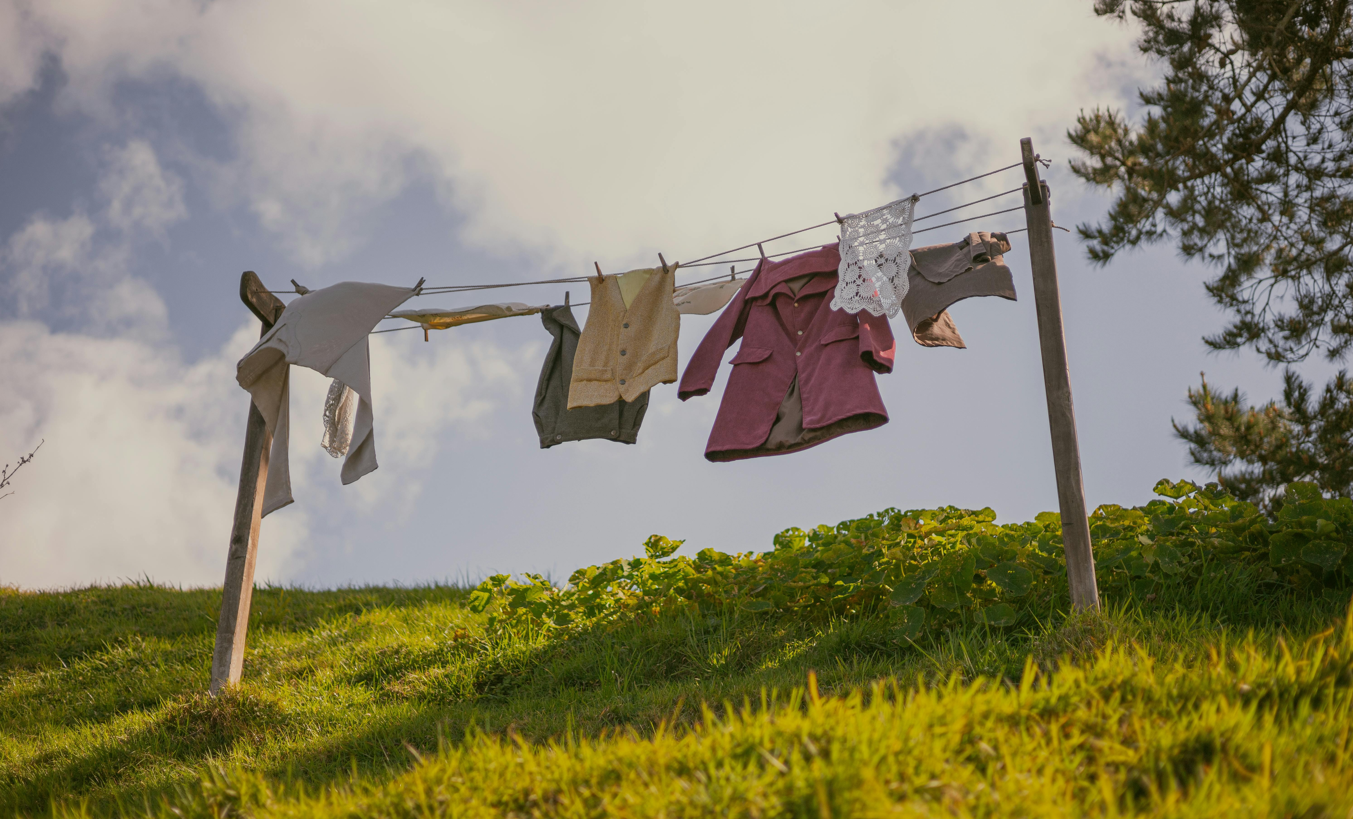
The magical scent of sunshine-dried sheets came from simple rope technology that transformed backyards into fragrant displays of billowing fabrics. Typically stretching 10 to 50 feet between poles or buildings, clotheslines represented energy efficiency before electric dryers became household standards. Wooden clothespins secured garments while sunlight naturally disinfected fabrics. This weather-dependent method declined after the 1960s but has seen resurgence with ecological concerns, despite restrictions in some communities.
17. VCRs and VHS Tapes
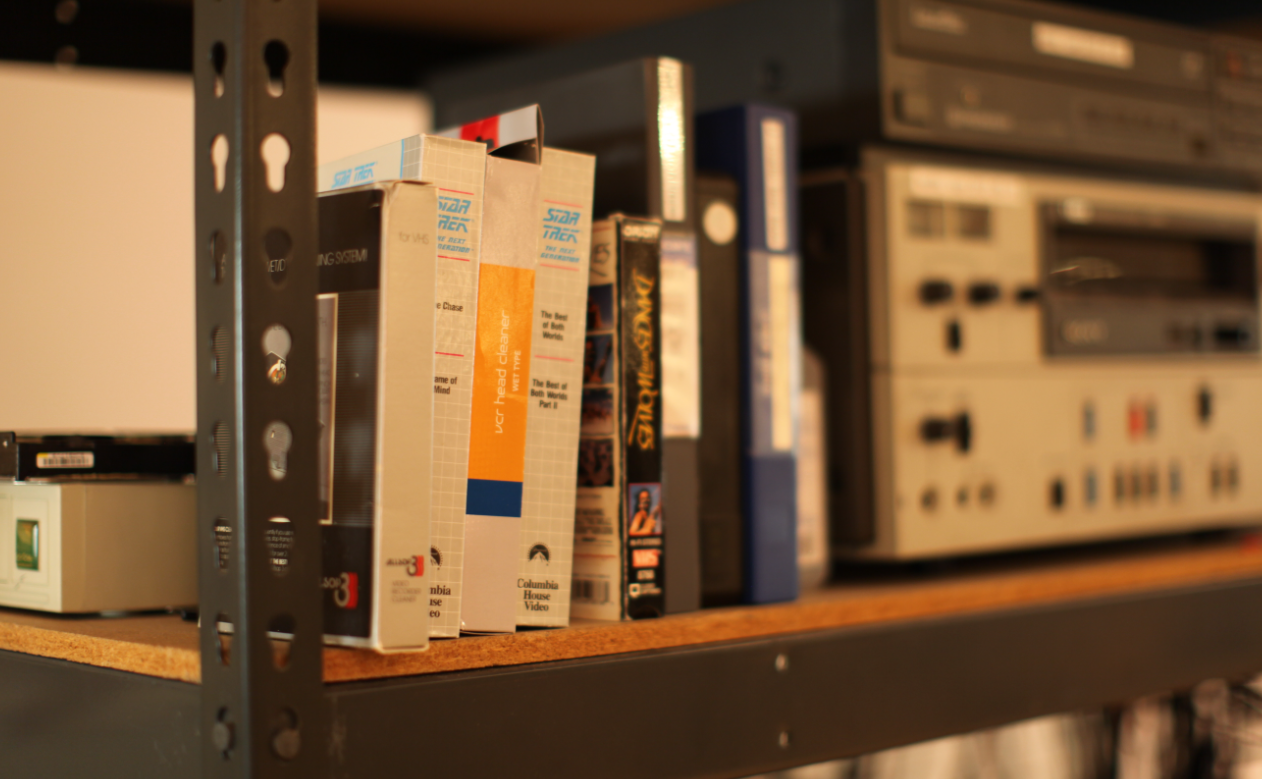
Friday nights transformed when ‘BE KIND, REWIND’ became the mantra of family entertainment centers nationwide. From the late 1970s to early 2000s, the 7.3 x 4 x 1 inch tapes recorded 2-6 hours of content on systems with a resolution of 240 lines. Households gathered around TVs tuned to channel 3, with tracking adjustments part of the viewing ritual. By the late 1990s, over 90% of U.S. households owned these machines, which cost between $200-$1000 during their peak popularity. DVD technology eventually prompted their decline, leaving memories of rewinding tapes and rental due dates.
16. Separate Car Keys
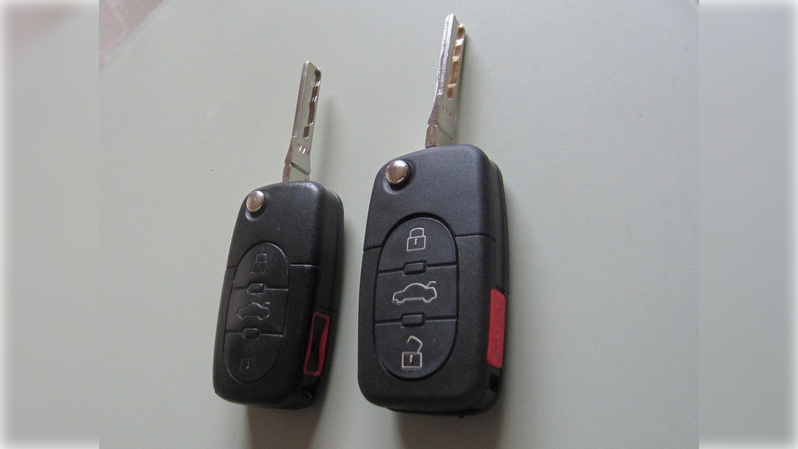
Lost your ignition key? At least you could still unlock the doors when vehicles featured dual-key systems. From the 1950s to 1990s, cars came with separate keys – round ones for doors and trunk, square ones for ignition. These metal implements contained no electronic components but offered practical benefits like reduced ignition key wear. Though less convenient than modern integrated key fobs, this straightforward approach connected drivers directly to their machines despite the increased risk of lockouts.
15. Phone Books
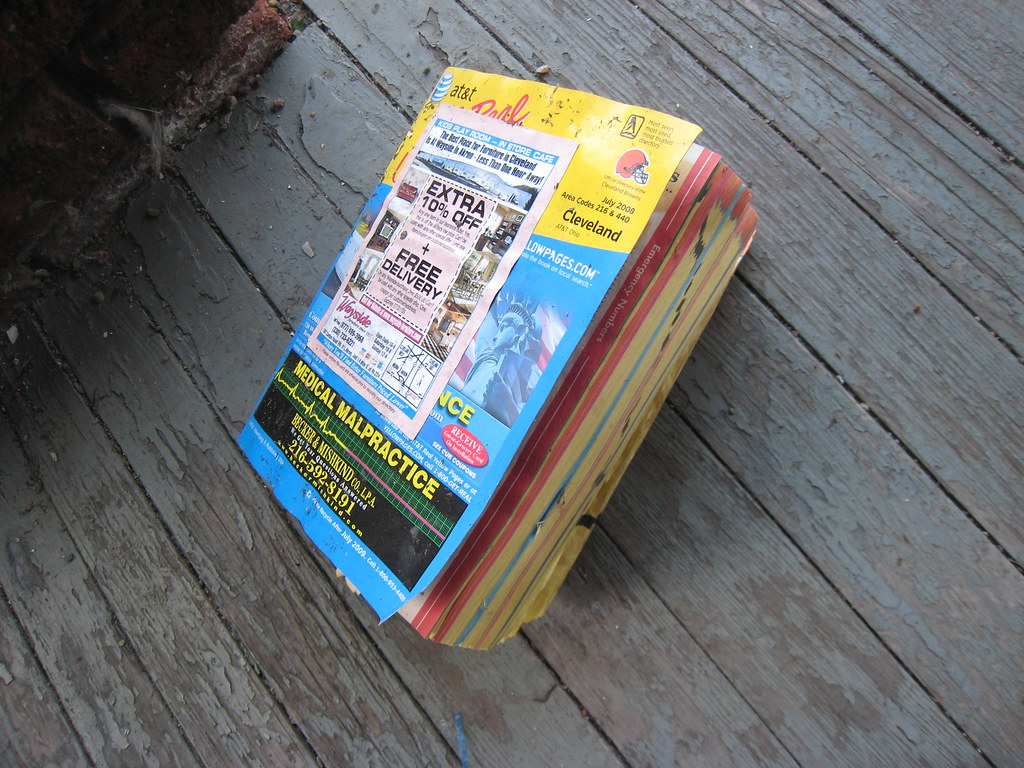
Weighing up to several pounds, these annual information bibles delivered community connections bound in hefty volumes. Often exceeding 1000 pages in large cities, these directories separated into White Pages for residential numbers and Yellow Pages for categorized business information. Finding contacts meant physically thumbing through alphabetical sections rather than digital searches. These comprehensive resources peaked in distribution during the late 1990s before rapidly declining with internet access, leaving behind a shared reference point that digital alternatives struggle to replicate.
14. Writing Checks at the Grocery Store
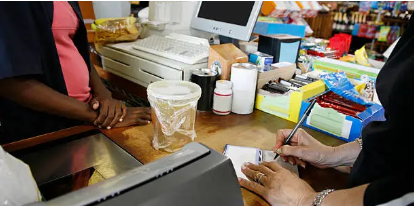
Caught without cash? The ceremonial checkbook retrieval solved shopping dilemmas through a deliberate transaction process from the 1950s to early 2000s. The ritual peaked during the 1980s and 1990s before debit cards took over. Cashiers verified government-issued ID while customers recorded purchases in check registers for personal accounting. Despite taking 1-3 business days to process, checks offered advantages like detailed financial records and brief social interactions with store employees that fostered community connections missing from today’s digital transactions.
13. Going to the Movies (Old School)
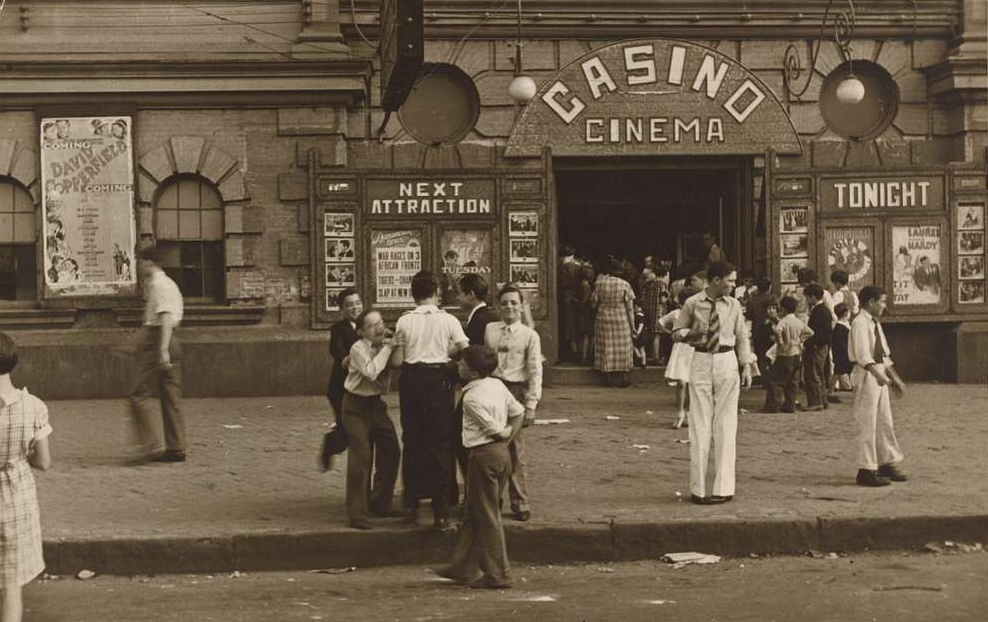
The anticipation built the moment you spotted those giant marquee letters advertising films available only on the big screen. Cinema outings required advance planning when showtimes appeared only in newspaper listings or through phone calls to theaters. Single-screen or small multi-screen theaters featured box office ticket purchases, concession sales, and the essential early arrival for good seats. The atmospheric designs and high-quality projection systems enhanced experiences despite fixed showtimes, creating memories that on-demand streaming services cannot replicate.
12. Vicks VapoRub, Chicken Noodle Soup, and Ginger Ale

At the first sign of a cough, this healing trinity appeared bedside to offer comfort without a doctor’s visit. Vicks VapoRub’s menthol and camphor eased congestion, Campbell’s Chicken Noodle Soup provided warm nourishment, while Canada Dry Ginger Ale settled upset stomachs. These treatments became cultural touchstones throughout the 20th century despite limited scientific evidence beyond symptomatic relief. Parents administered these affordable, accessible remedies with care, creating associations between these products and feelings of safety during childhood illness.
11. Little Golden Books

Every bedtime story got better with that distinctive gold spine that has sold over 2 billion copies since 1942. Originally priced at just 25 cents, these 24-page stories featured full-color illustrations that captured young imaginations. Available everywhere from grocery stores to pharmacies, the format expanded to over 1,400 unique titles and collaborations with popular franchises. Current retail prices around $5.99 haven’t diminished their appeal, with millions sold annually. Some rare early editions now command prices over $1,000 among collectors who cherish these childhood reading experiences.
10. Polaroid Cameras
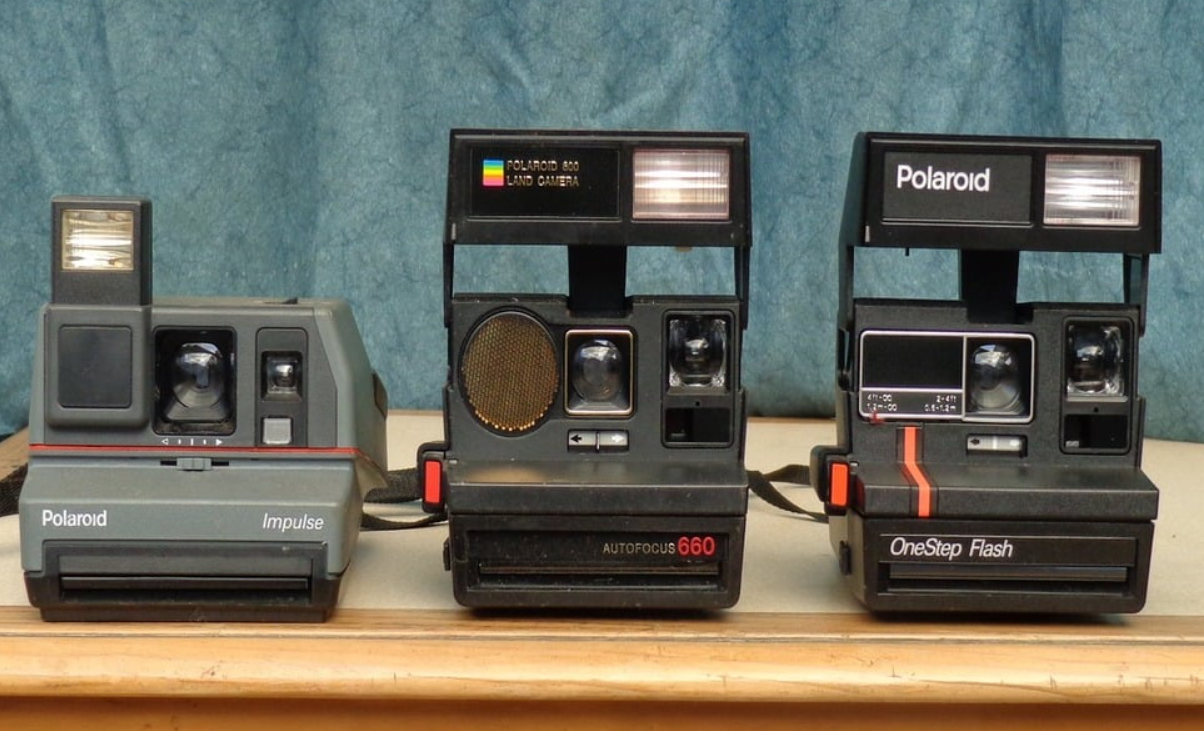
“Shake it like a Polaroid picture” wasn’t just a catchy lyric but actual photo development technique when instant cameras delivered results in just 60-90 seconds. Models like the folding SX-70 (1972) and bestselling OneStep (1977) democratized photography despite limited exposures per film pack. The distinctive whirring sound and image-shaking ritual became signature moments of the experience. Sales peaked at 14 million cameras in 1978 before declining with digital technology. Though Polaroid filed for bankruptcy in 2001, renewed interest in the 2010s revived the brand through The Impossible Project, continuing their warm, slightly soft-focused aesthetic.
9. Snow Day Announcements on TV
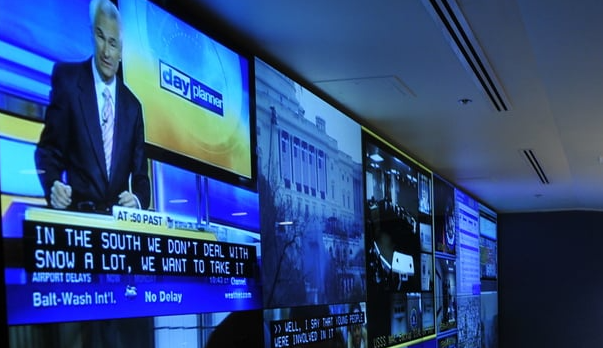
School cancellation created heroes of local meteorologists as families gathered around television sets waiting for closure news. Scrolling text crawled across bottom screens during news broadcasts, listing affected districts, businesses, and organizations. Children anxiously awaited their district’s name among the closures. Standard practice in snowy regions from the 1950s to 2000s, this tradition required continuous viewing to catch relevant information. Though declining with internet and mobile notifications, the memory of this ritualized waiting game persists as a shared experience across communities.
8. Hard-Sided Suitcases
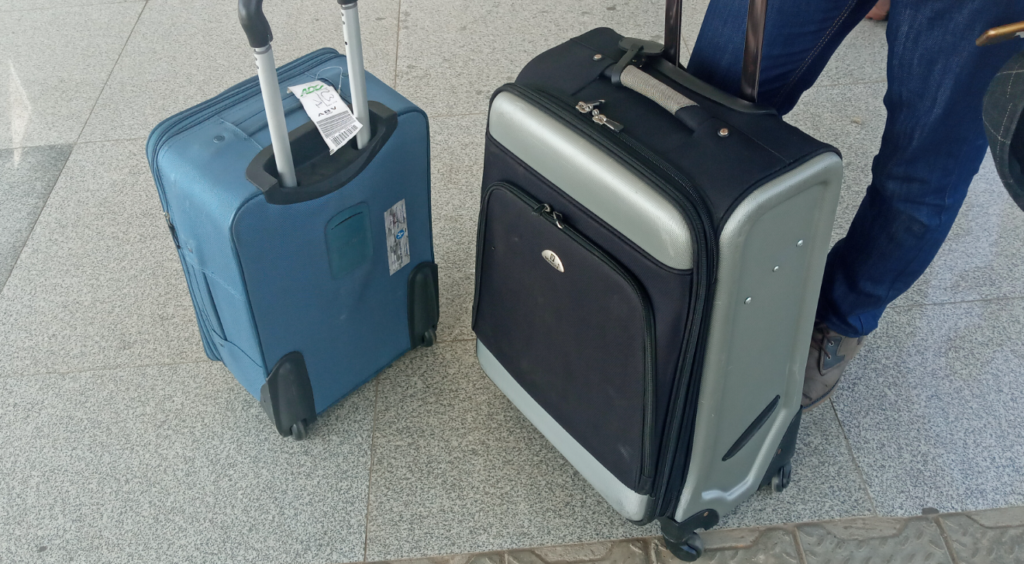
The satisfying click of dual latches signaled the start of vacation when travel protection came through rigid luggage construction. Made from materials like aluminum or polycarbonate, these durable cases featured organized interiors despite their weight limitations. Popular from the 1950s to 1980s, hard-sided luggage experienced resurgence in the 2010s with lightweight materials and stylish designs. The global luggage market reached $28.05 billion in 2020 with projections of $40.38 billion by 2028. The distinctive sound of opening marked the beginning of journeys when travel felt more formal and significant.
7. Handwritten Report Cards
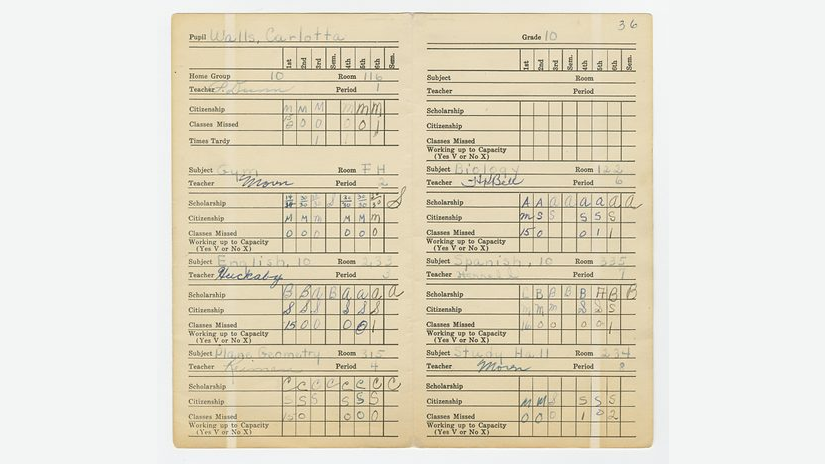
Sweaty palms and racing hearts accompanied the unsealing of academic assessments that arrived through teacher comments on paper documents. Issued quarterly or semi-annually, these tangible records required parent signatures and return to school, creating a direct communication channel between educators and families. The physical nature made academic milestones concrete despite limitations like potential loss. Standard in U.S. schools from the 19th century through early 2000s, these personalized evaluations gradually shifted to digital reporting systems while maintaining the anticipation that generations of students felt awaiting their results.
6. Long Distance Phone Calls After 7 PM
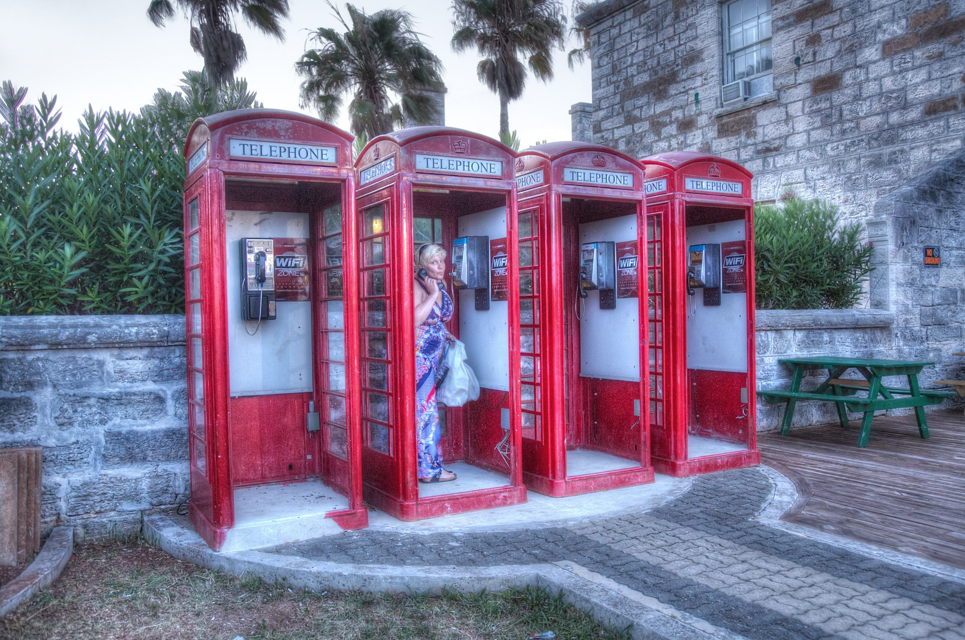
“Wait until the rates drop” became family mantra when distance separated loved ones across expensive telephone zones. Households strategically planned calls around reduced evening rates, making long-distance connections precious rather than casual. Calling collect provided another economical option that required recipient consent before charges applied. These financial limitations created more intentional dialogue than today’s unlimited plans permit, highlighting the importance of connection when separated by distance and making conversations meaningful through their deliberate timing.
5. Christmas Catalogs
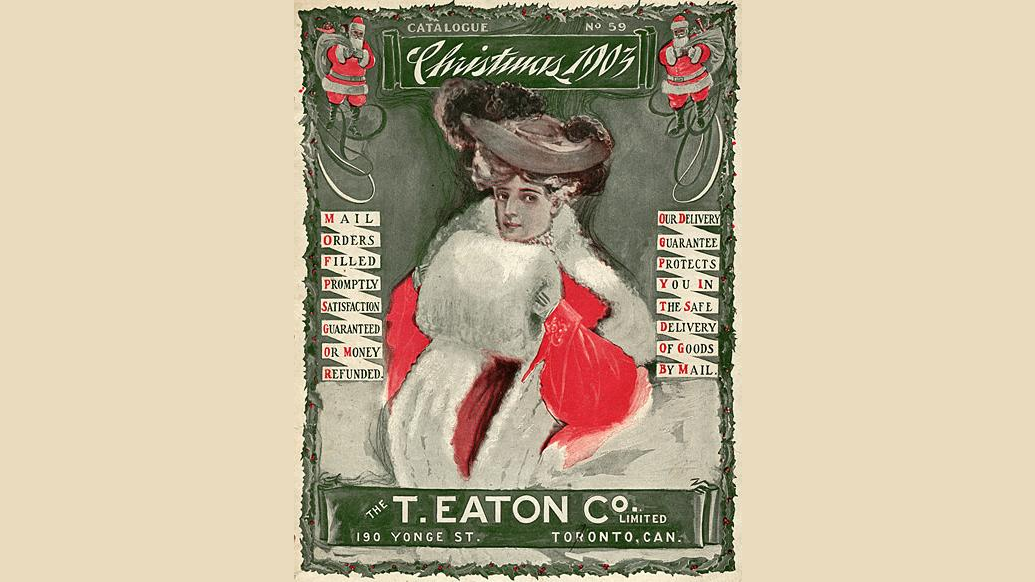
If you measured childhood excitement in pages, nothing topped the heft of glossy publications from major retailers each winter. The Sears Wish Book, JC Penney, and Montgomery Ward catalogs delighted children who eagerly circled desired toys and gifts. These tangible shopping guides helped parents understand children’s preferences while building excitement toward December. The physical act of marking pages created stronger connections to desired items than digital wishlists, turning catalog browsing into a cherished ritual that marked the beginning of holiday seasons.
4. Learning Cursive
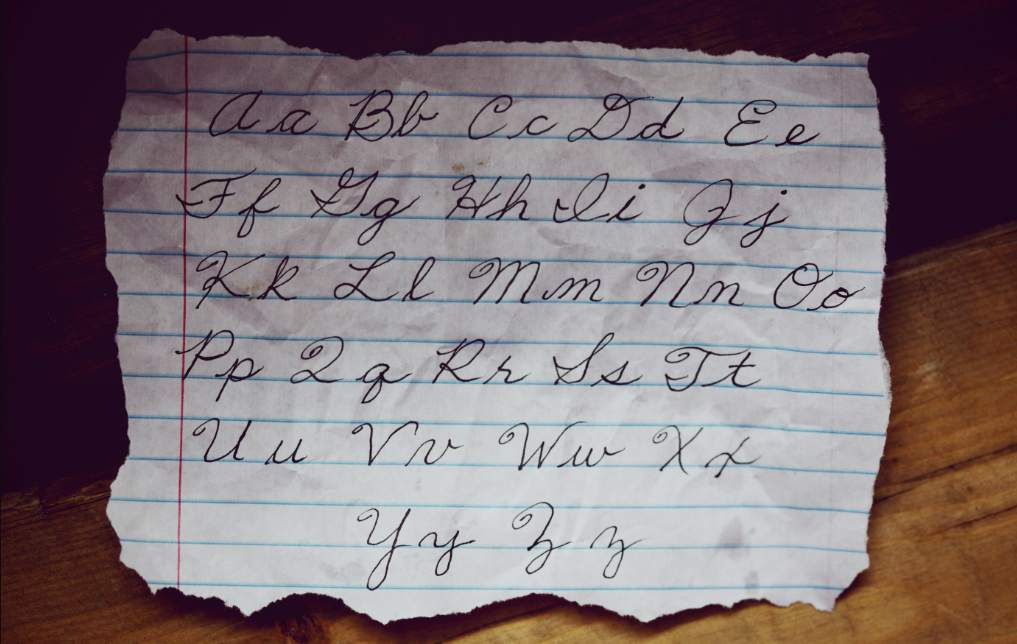
Mastering the art of connected letters unlocked a new level of maturity as students developed signature styles and formal writing skills. Classroom practice with blackboard demonstrations and paper guides reinforced proper formation techniques that many still remember decades later. The ability to sign documents elegantly carried social significance beyond mere communication. Though largely replaced by keyboarding in educational settings, the elegant handwritten script remains a connection to educational history and a skill that some educators argue maintains cognitive benefits despite declining practical application.
3. Typing Class
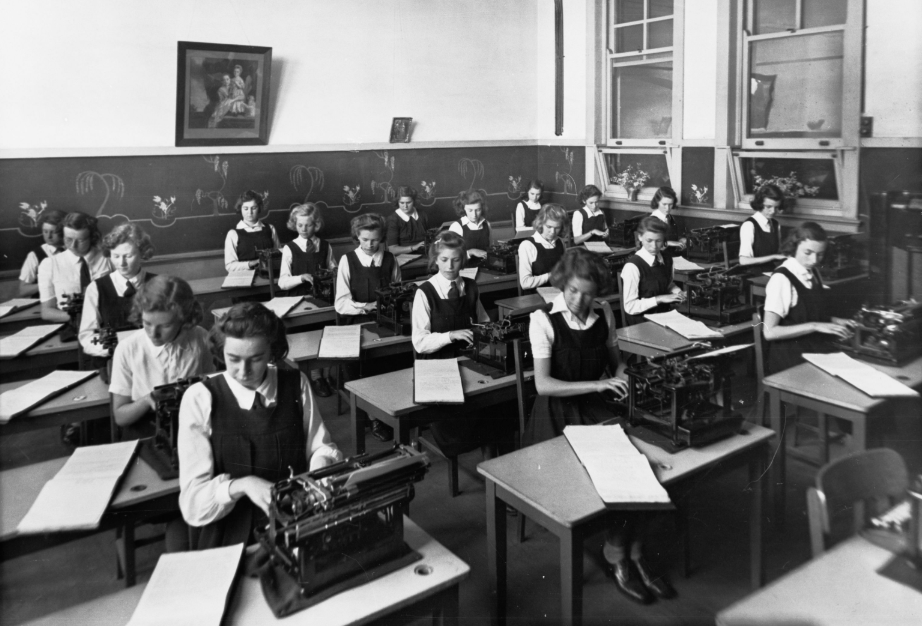
The rhythmic clacking of 30 typewriters created a workplace symphony as students mastered mechanical keyboards through disciplined finger placement. Learning touch typing without looking at keys developed muscle memory that transferred across technological changes. Correcting errors required special techniques rather than simple deletion, teaching attention to detail alongside typing speed. Multiple typewriters created distinctive classroom memories for those who developed this foundational skill that opened professional doors while building discipline through practice.
2. Recording Songs from the Radio
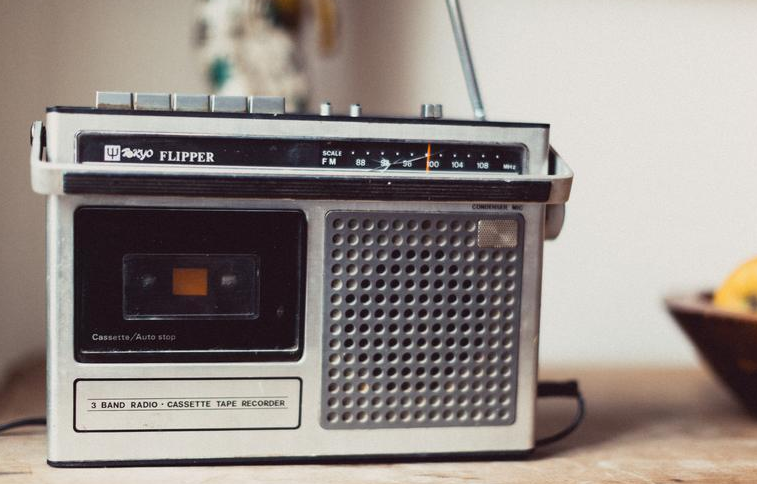
When album prices put music out of reach, the well-timed press of two buttons created personal libraries as collectors patiently waited for favorite songs on radio stations. The process created unique compilations that expressed individual taste and served as meaningful gifts for friends and romantic interests. DJs sometimes interrupted beginnings or endings, making perfect captures rare and valuable. This labor-intensive approach to music curation taught appreciation for songs that now stream instantly, creating a deeper connection to music than today’s unlimited access provides.
1. Olan Mills Studio Photos
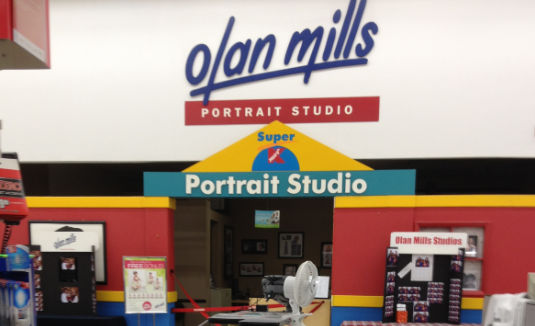
Every American childhood included at least one awkward portrait session through the distinctive style that became immediately recognizable in homes nationwide. These structured appointments produced formal representations with shadow backgrounds and dramatic lighting that captured families at milestone moments. Posed arrangements showed families at their most presentable rather than their most authentic, preserving idealized versions of everyday people. The resulting images marked specific eras through styling and photographic techniques, creating visual records dramatically different from today’s casual smartphone captures.




